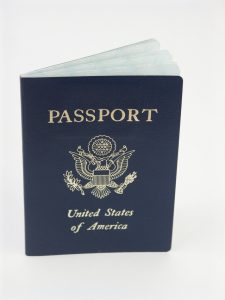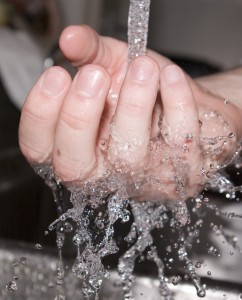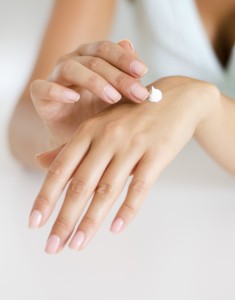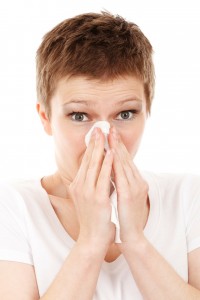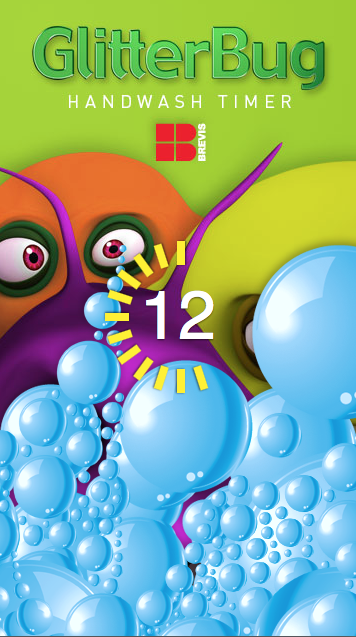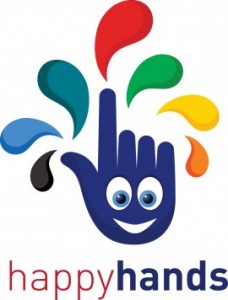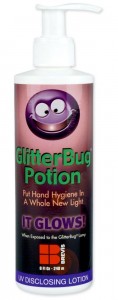Travel is a part of life. Some travel out of necessity for work, others for enjoyment, relaxation, or adventure. Whatever your reasons for traveling might be, we can all agree that unexpected interruptions can make for stressful situations of what would have otherwise been a pleasant experience.
While some of what happens while traveling is out of our hands, there are steps we can take to prepare for a seamless trip. Planning ahead can save money and stress. Travel insurance can provide peace of mind. Bringing along a pillow or book can provide the comfort or distraction you seek. And because getting sick while traveling can be miserable, make sure to pay attention to the cleanliness around you.
Avoiding germs during air travel might seem impossible when you consider how many people are spending a few hours together in an enclosed space. You never know who around you might be sick, or the health of the people who just took a flight in what is now your seat. Research has shown the spots to be aware of are the seatback tray table, the seatback pocket, the seatbelt buckles, and the overhead air vent. Marvin M. Lipman, M.D., Consumer Reports’ chief medical adviser, recommends using alcohol-based wipes on each of those surfaces before touching them. He also recommends washing your hands frequently with clean, hot water and soap (which may be more feasible in the airport rather than on the plane).
Whether you’re making plans for spring break or looking ahead to a summer family reunion, make sure to do everything you can to stop germs from traveling with you. Pack the wipes, pack the hand sanitizer, and plan for clean-up stops in restrooms along the way.
**For a quick refresher course on the most-effective way to use hand sanitizer, see our 45-second video about GlitterBug Gel.
Sources:
http://www.consumerreports.org/airline-travel/9-ways-to-save-money-and-your-sanity-when-flying/

